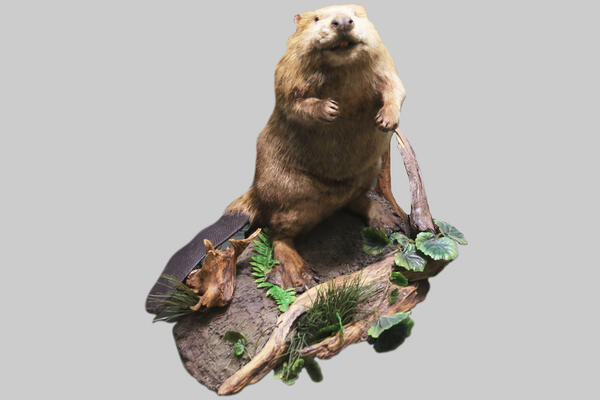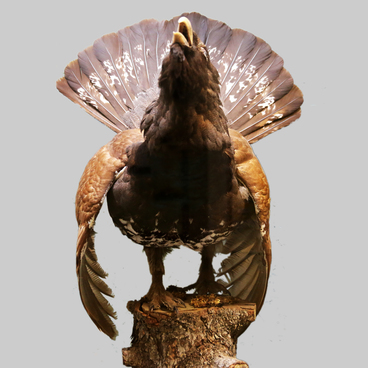The Eurasian or European beavers are the second largest rodents in the world after capybaras. They have a body length of up to one meter, a height of up to 35 centimeters, and a weight of up to 32 kilos. The beaver’s tail can be up to 30 centimeters long and up to 13 centimeters wide. The tail skin is toughened and has a scaly pattern. Beavers use their tails to regulate their body temperature. Females are larger than males. Beavers have self-sharpening teeth that continue to grow throughout their lifetime. These animals can only be found in Eurasia and North America.
Beavers prefer to settle on the banks of placid rivers, lakes, and ponds surrounded by soft hardwood trees, herbaceous plants, and shrub vegetation. They rarely venture further than 200 meters from the coastline. Beavers are semi-aquatic animals, so they are great swimmers and divers. They can cover 750 meters in 15 minutes.
Beavers feed on bark, tree shoots, and various herbaceous plants. On average, an adult beaver eats up to one-fifth of its body weight per day. Beavers are nocturnal. Their natural enemies are brown bears, wolves, lynxes, and foxes. In case of danger, beavers loudly slap their tails on the water to warn the other beavers and then dive.
Beavers spend the winters in their dwellings, almost never showing up on the surface. Winter stocks of a single beaver family can occupy up to 70 cubic meters. There are two types of dwellings: burrows and floating lodges.
To protect their lodges, beavers build dams. The shape of a beaver dam depends on the speed of the current: it will be straight if the current is slow, and curved towards the flow if the current is strong. Such structures can be up to 30 meters long, up to six meters wide, and between two and four meters tall, and withstand the weight of a person. It takes about a month to build a single dam. A beaver can fell and process a tree 40 cm in diameter overnight.
Beavers are the only rodents that can walk confidently on two legs. They can use their front legs to carry kits, branches, stones, or tree bark.
Beavers have an average lifespan of 15 years in the wild and can live twice as long in captivity.
Beavers prefer to settle on the banks of placid rivers, lakes, and ponds surrounded by soft hardwood trees, herbaceous plants, and shrub vegetation. They rarely venture further than 200 meters from the coastline. Beavers are semi-aquatic animals, so they are great swimmers and divers. They can cover 750 meters in 15 minutes.
Beavers feed on bark, tree shoots, and various herbaceous plants. On average, an adult beaver eats up to one-fifth of its body weight per day. Beavers are nocturnal. Their natural enemies are brown bears, wolves, lynxes, and foxes. In case of danger, beavers loudly slap their tails on the water to warn the other beavers and then dive.
Beavers spend the winters in their dwellings, almost never showing up on the surface. Winter stocks of a single beaver family can occupy up to 70 cubic meters. There are two types of dwellings: burrows and floating lodges.
To protect their lodges, beavers build dams. The shape of a beaver dam depends on the speed of the current: it will be straight if the current is slow, and curved towards the flow if the current is strong. Such structures can be up to 30 meters long, up to six meters wide, and between two and four meters tall, and withstand the weight of a person. It takes about a month to build a single dam. A beaver can fell and process a tree 40 cm in diameter overnight.
Beavers are the only rodents that can walk confidently on two legs. They can use their front legs to carry kits, branches, stones, or tree bark.
Beavers have an average lifespan of 15 years in the wild and can live twice as long in captivity.



